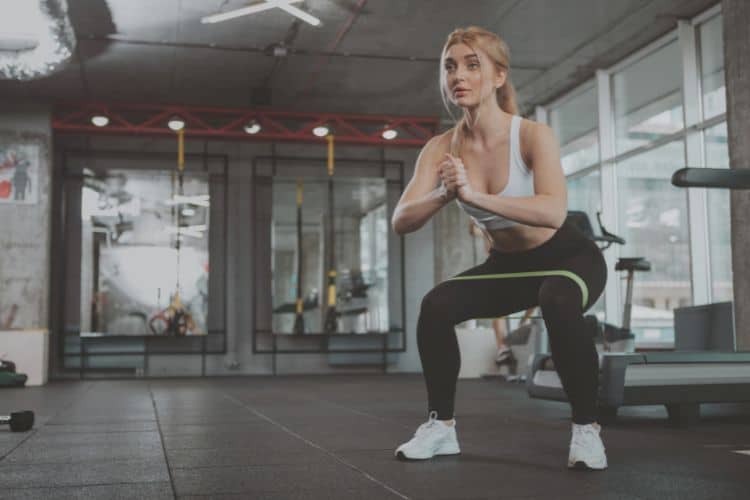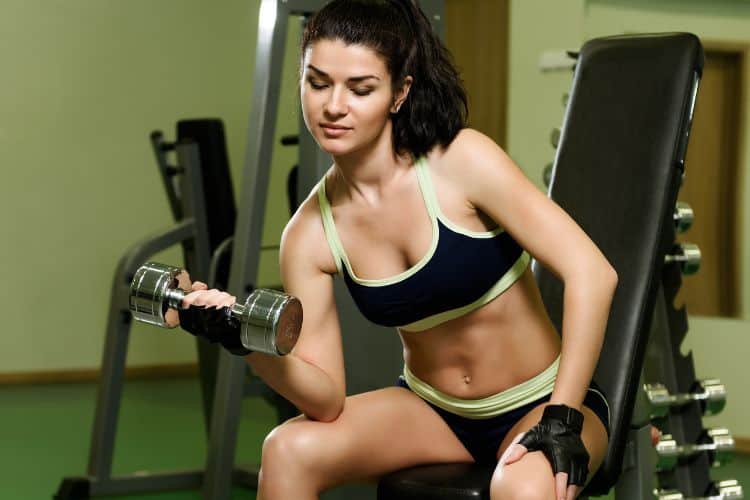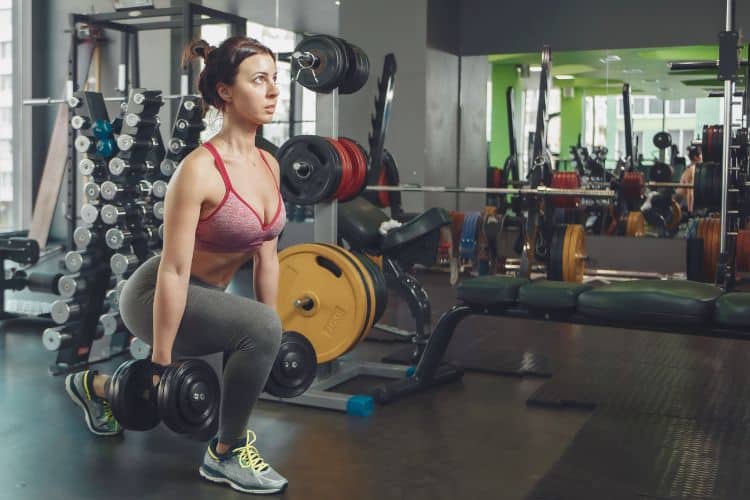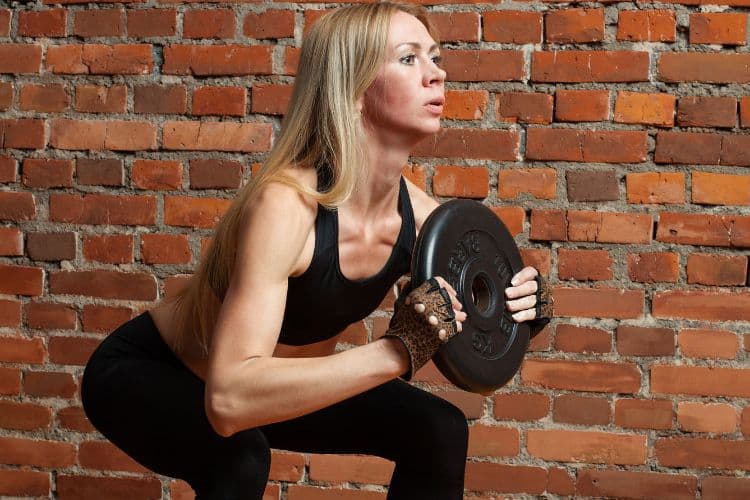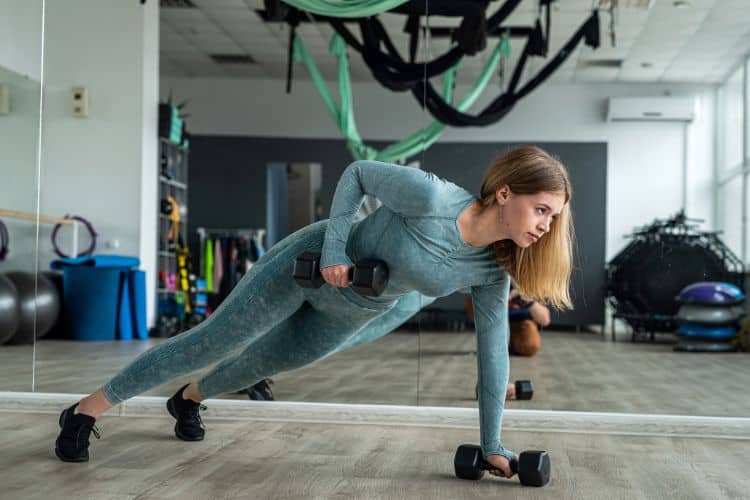Best 20 Minute HIIT Workout for a Stronger Leaner Body
High-Intensity Interval Training (HIIT) has become one of the most effective workout methods for burning fat, building strength, and improving endurance in a short amount of time. When combined with functional training, HIIT workout becomes even more powerful, because the movements mimic real-life activities, strengthen multiple muscle groups, and improve balance and coordination.
If you’re short on time but want maximum results, a 20-minute full body functional HIIT workout is the perfect solution. This routine blends strength, cardio, and functional exercises that challenge your entire body and leave you energized. Whether you’re working out at home or in the gym, you only need your bodyweight or a pair of light dumbbells to get started.
Full Body Functional HIIT Workout for Maximum Fat Burn
Understanding HIIT
HIIT is a training method where you alternate between short bursts of intense exercise and brief recovery periods. Unlike steady-state cardio, HIIT keeps your heart rate elevated, boosting calorie burn and enhancing cardiovascular health even after the workout is finished (thanks to the “afterburn effect” or EPOC).
Adding the Functional Element
Functional training focuses on exercises that mimic everyday movements like squatting, pushing, pulling, lifting, and rotating. These exercises improve your ability to perform daily activities while also targeting multiple muscle groups at once. When paired with HIIT, functional training not only builds strength but also enhances agility, mobility, and balance.
Benefits of a 20-Minute Functional HIIT Workout
1. Time-Efficient
You don’t need an hour at the gym to see results. Just 20 minutes of functional HIIT can torch calories, activate all major muscle groups, and elevate your metabolism.
2. Full-Body Conditioning
This routine works your legs, core, back, shoulders, chest, and arms—making it a complete workout in minimal time.
3. Fat-Burning Power Functional HIIT Workout
Because of the high intensity, your body burns more fat during and after the workout compared to traditional cardio.
Since the moves are functional, you’ll notice improvements in posture, strength for lifting, mobility, and stamina in everyday life.
5. Scalable for All Levels
Beginners can modify exercises, while advanced athletes can add weights, resistance bands, or more explosive variations.
The 20-Minute Full Body Functional HIIT Workout Plan
This workout includes five circuits that target different muscle groups using functional movements. Each circuit is performed for 40 seconds of work followed by 20 seconds of rest. After completing one full round of all five exercises, rest for one minute, then repeat the circuit three more times.
Equipment Needed: None (optional: dumbbells, kettlebell, or resistance bands for progression).
Warm-Up (3 Minutes)
Before jumping into the main workout, take a few minutes to warm up. This helps activate your muscles and reduces injury risk.
- 30 seconds of jumping jacks
- 30 seconds of high knees
- 30 seconds of arm circles + shoulder rolls
- 30 seconds of bodyweight squats
- 30 seconds of lunges (alternating legs)
- 30 seconds of plank hold
Circuit 1: Lower Body & Power Functional HIIT Workout
1. Squat to Press (Thruster)
- How to do it: Hold dumbbells at shoulder level, squat down until thighs are parallel to the ground, then drive upward, pressing weights overhead.
- Muscles worked: Legs, glutes, shoulders, core.
- Functional benefit: Builds explosive power for lifting and standing movements.
2. Jump Squats
- How to do it: Perform a squat, then explode upward into a jump, landing softly.
- Muscles worked: Quads, hamstrings, calves, glutes.
- Functional benefit: Improves vertical power, balance, and agility.
Circuit 2: Upper Body Strength & Push Movements
3. Push-Ups with Shoulder Tap Functional HIIT Workout
- How to do it: Perform a push-up, then tap one shoulder with the opposite hand while holding a plank.
- Muscles worked: Chest, triceps, core, shoulders.
- Functional benefit: Enhances upper body pushing strength and core stability.
4. Renegade Rows (with or without dumbbells)
- How to do it: In a plank position, row one dumbbell (or your hand) toward your ribcage, alternating sides.
- Muscles worked: Back, biceps, core, shoulders.
- Functional benefit: Strengthens pulling muscles while challenging balance.
Circuit 3: Core & Stability Functional HIIT Workout
5. Plank to Knee Drive (Mountain Climber Variation)
- How to do it: Start in a plank, drive one knee toward your chest, then alternate quickly.
- Muscles worked: Core, hip flexors, shoulders.
- Functional benefit: Builds core endurance and mimics running mechanics.
6. Russian Twists (with or without weight)
- How to do it: Sit on the floor, lean back slightly, and twist your torso side-to-side while holding a weight or just clasping hands together.
- Muscles worked: Obliques, core, hips.
- Functional benefit: Improves rotational strength for daily twisting movements.
Circuit 4: Explosiveness & Agility Functional HIIT Workout
7. Burpee with Jump
- How to do it: Drop into a push-up, jump your feet forward, then explode upward into a jump.
- Muscles worked: Full body—chest, arms, legs, core.
- Functional benefit: Develops cardiovascular endurance and total-body coordination.
8. Lateral Bounds (Skater Jumps)
- How to do it: Jump laterally side-to-side like a speed skater, landing softly on one leg.
- Muscles worked: Glutes, quads, calves, core.
- Functional benefit: Improves balance, agility, and lateral movement strength.
Circuit 5: Conditioning & Burnout Functional HIIT Workout
9. Kettlebell/Dumbbell Swings (optional bodyweight squat jump if no weight)
- How to do it: Swing a kettlebell (or dumbbell) between your legs and explosively drive it to chest height using hips and glutes.
- Muscles worked: Hamstrings, glutes, lower back, shoulders.
- Functional benefit: Strengthens posterior chain and power for lifting motions.
10. High Knees Sprint in Place
- How to do it: Drive your knees up quickly while pumping your arms.
- Muscles worked: Core, hip flexors, quads, calves.
- Functional benefit: Builds cardiovascular stamina and running mechanics.
Cool-Down (2 Minutes)
- 30 seconds of forward fold (hamstring stretch)
- 30 seconds of child’s pose (back stretch)
- 30 seconds of seated spinal twist (obliques)
- 30 seconds of deep breathing (lying on your back)
Weekly Functional HIIT Workout Structure
For best results, aim to do this 20-minute functional HIIT workout 3–4 times per week, with rest or low-intensity cardio (like walking, yoga, or cycling) on alternate days. Pairing it with a clean diet and strength training routine will maximize fat loss and muscle definition.
Tips to Maximize Your Functional HIIT Workout Results
- Track time with a timer app for accurate work/rest intervals.
- Maintain good form—quality over speed to avoid injury.
- Scale intensity by adding weights or increasing jump height as you progress.
- Stay consistent—progress is built through regular training, not one intense session.
A 20-minute full body functional HIIT workout is one of the fastest, most efficient ways to build strength, burn fat, and improve your athletic performance. By incorporating functional movements, you’re not only working out to look better—you’re also training your body to move better in everyday life.
If you’re pressed for time, this routine ensures you still get a high-intensity, full-body workout without needing a gym. Start with bodyweight exercises, progress to using dumbbells or kettlebells, and watch your strength, endurance, and confidence soar.
Want more workout and video guide?
Follow us on Pinterest, Facebook, and Subscribe to our Newsletter and Stay tuned for FREE downloads of our App coming soon!
Most Recommended

